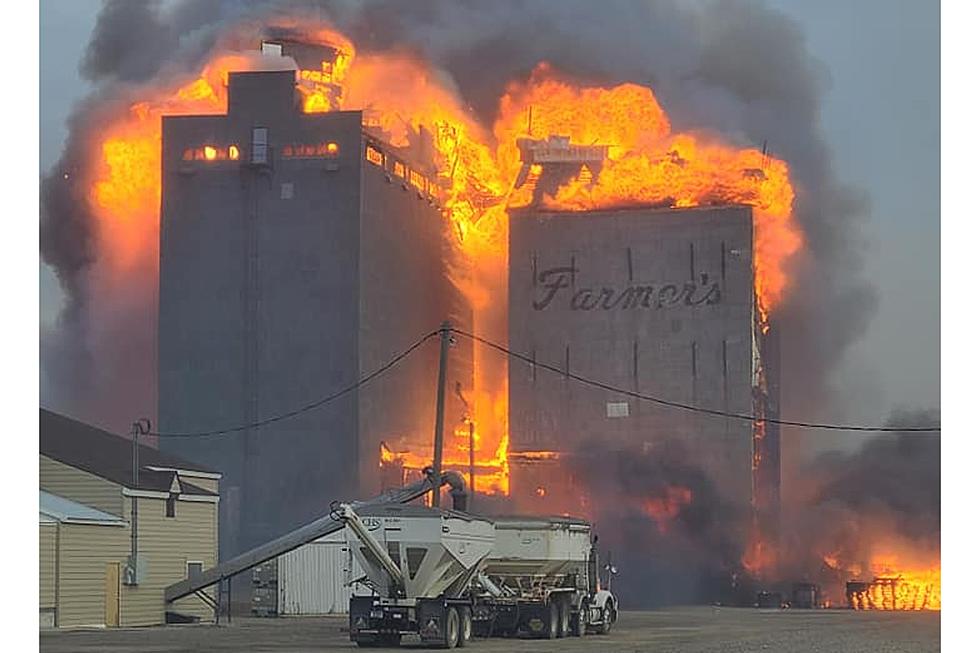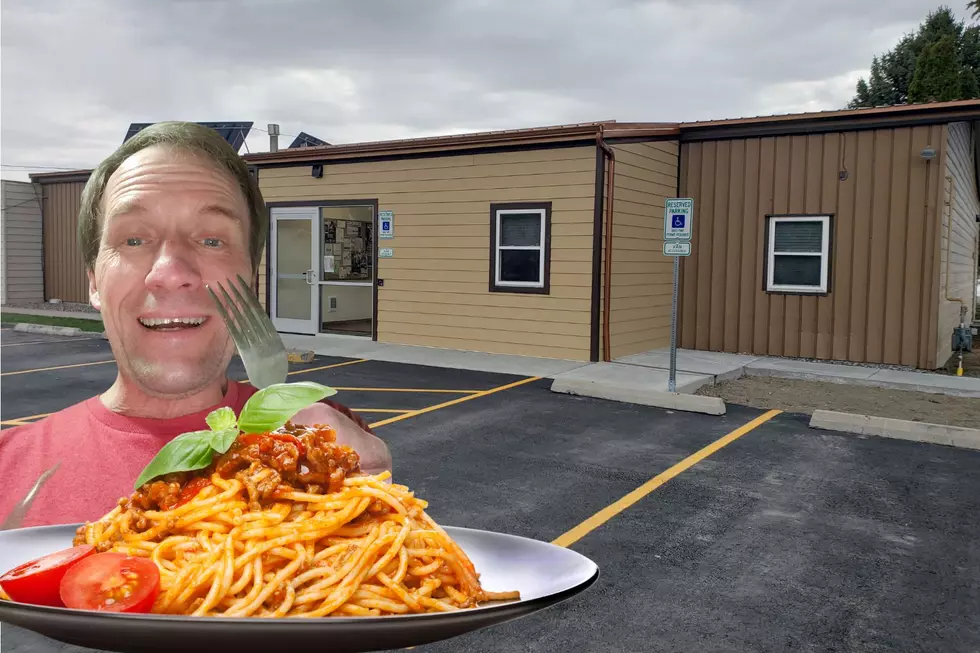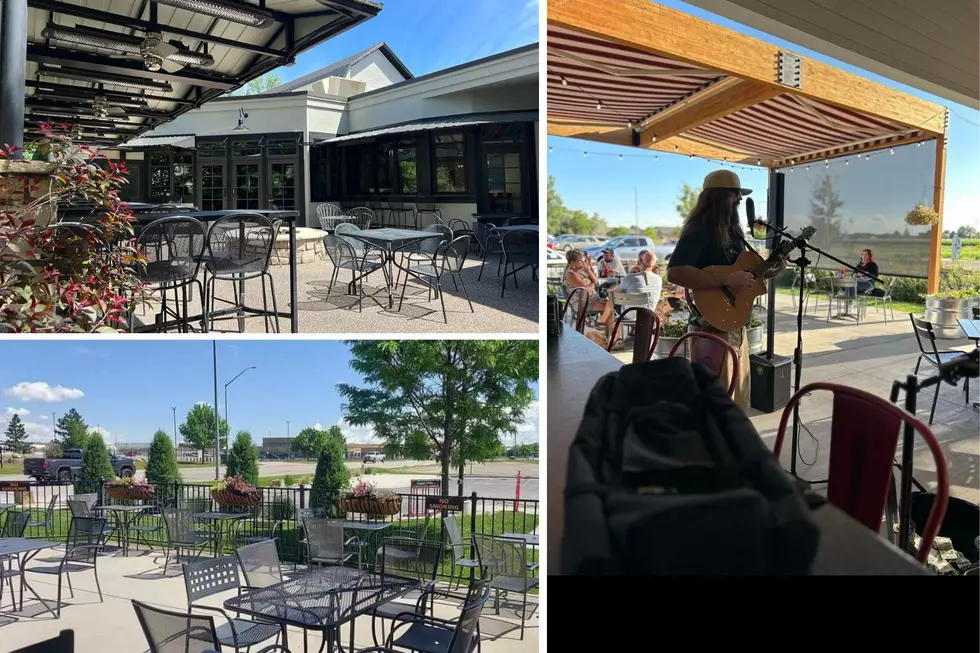
Denton Fire: “Felt Like the World Was Coming Down Around Us”
"It just felt like the world was coming down around us. It was pretty intense." That's how Fergus County Fire Warden Ryan Peterson described the firefight in Denton, Montana last week as crews worked to battle the fire both in town, and out of town- as ashes rained down from the sky.
Peterson joined us recently on the radio, before a much-needed snow storm blanketed the state.
The fire was listed as just shy of 11,000 acres, with 33 structures destroyed- including 25 which were primary residences.
How did the fire start? Investigators believe a downed power line may have been the cause.
Ryan Peterson: Around about 11:15pm on the 30th is when we got the page out. Stanford fire was on it just north of Stanford on Highway 80. They suspect a downed power line had ignited it and the high winds that night pushed it straight east into Fergus county- that's right on the county line- towards Denton. So mutual aid calls went out. I was responding with my fire department at the time. And as we got closer to Denton, radio traffic and phone calls were coming in- it was getting big. So I had to switch from volunteer firefighter to fire warden and teamed up with Denton fire chief and DNRC and we started getting stuff going. But yeah, we got through the night, and by daylight things were feeling pretty good wind had laid down a little bit and we were trying to get things buttoned up, and then Mother Nature cranked open those heavy winds 60-70 mile an hour gusts- and that's when when she turned loose towards town.
By the way, The Great Falls Tribune reported that there was 100,000 bushels of recently harvested grain that was destroyed in fire when the elevators burned down- on top of more than two dozen homes lost in Denton.
Full audio of our chat with Fergus County Fire Warden Ryan Peterson from last Friday:
Video from Governor's Office:
LOOK: The most expensive weather and climate disasters in recent decades
More From Mix 97.1









